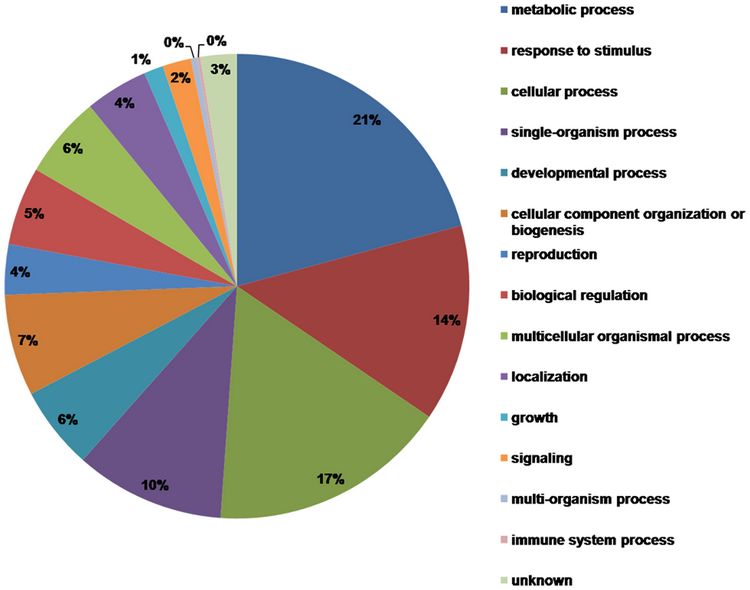Research Provides New Insight into the Mechanisms Underlying Liriodendron chinense (Hemsl.) Sarg. Reproduction Process
2014-07-08
Pollination is an important physiological process during which interaction between pollen and pistil happens. This interaction could determine whether fertilization will occur or not and hence the yield of plant seed setting ratio.
Liriodendron chinense (Hemsl.) Sarg. (L. chinense) is distinctive and produces valuable hardwood with great ecological and economic values. It exhibits a distinct phenomenon where seed setting ratio is not more than 10% in natural environment, so it has been deemed a rare and endangered species.
To explore the origin of this phenomenon, Dr. LI Ming, led by Prof. YANG Pingfang from Wuhan Botanical Garden, conducted a comparative morphological and proteomic analysis on L. chinense pistils upon pollination.
The morphological analysis showed that pollen grew well in vitro, but much slower on pistil or nutrient medium containing pistil extract. Proteomic analysis showed that 493 proteins had changed the expression after pollination. Among them, 468 and 51 proteins were identified by isobaric tags for relative and absolute quantitation and two-dimensional gel electrophoresis respectively, and 26 proteins were common in the two methods. After proteins functional categorization, 66 differentially expressed proteins that are involved in reproduction process were found.
Further analysis showed that among the reproductive process related proteins, protein disulfide-isomerase A6 and four embryo-defective proteins showed closer relations with the low seed setting phenomenon.
The results indicated that the element from pistil might be the main reason leading to low seed setting in L. chinense, which will provide new insights in the mechanisms underlying L. chinense reproduction process.
Results were published in PLoS ONE (2014, 9(6): e99970) entitled “Morphological and Proteomic Analysis Reveal the Role of Pistil under Pollination inLiriodendron chinense(Hemsl.) Sarg”.

Expression patterns of the differentially expressed proteins (Image by LI Ming)

Protein function category (Image by LI Ming)